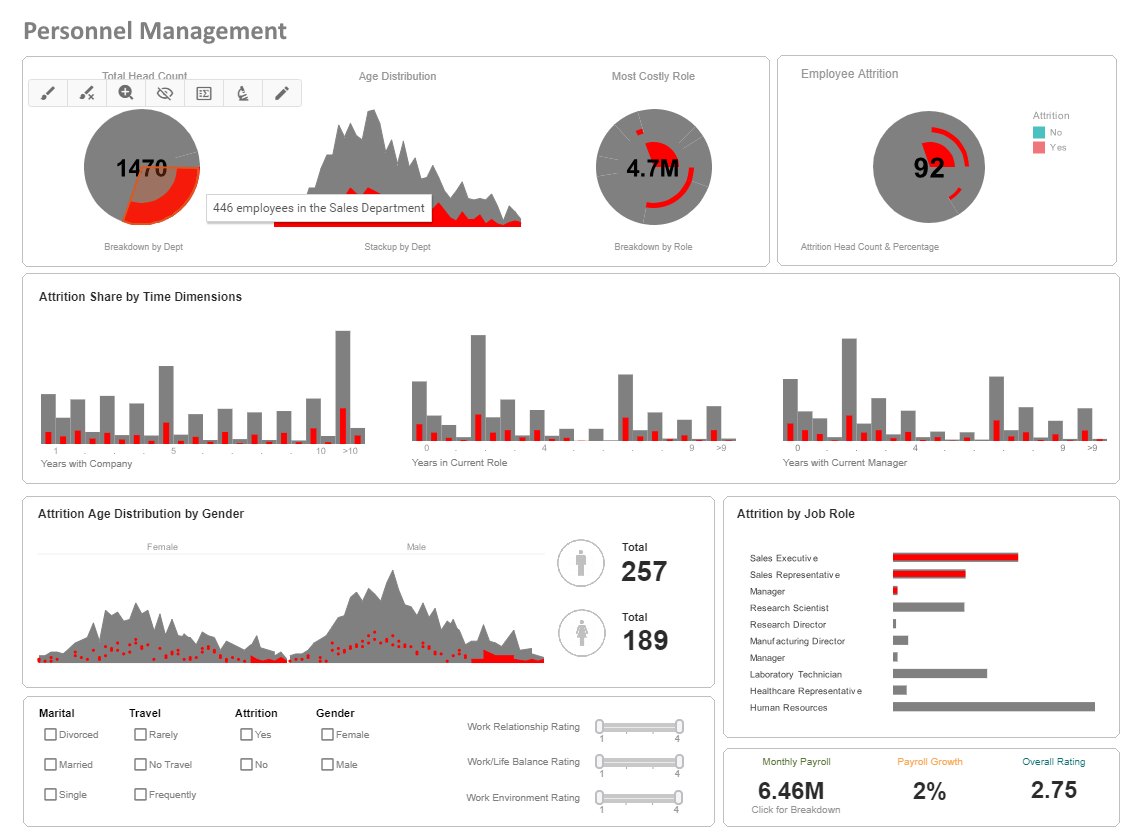The Benefit of Integrated Data Preparation
Below is the continuation of the transcript of a Webinar hosted by InetSoft on the topic of the Power of Data with Embedded Analytics Tools. The presenter is Abhishek Gupta, Chief Data Scientist at InetSoft.
Let's talk about the benefit of integrated data preparation, certainly, I've talked a lot about that in different webinars. Now we're seeing the whole field data preparation and data pipelines, what it takes from the process of collecting the data to transforming it and really preparing it properly so the users can work with it.
We are seeing this starting to tighten up integration with BI and analytics systems as in our platform. This is important again to support self-service and help users get moving faster. Backing out a little bit, let's talk about the priority issues in this process of democratization and moving out to different kinds of nontechnical users and embedding things into their business applications and business processes.
The three big things really are context, I mentioned a minute ago, in context recommendations. Well context really across the board is very important as you move into business processes because this is no longer a standalone decision support system. We're talking about how can we personalize insights to ensure their relevance to make sure the insights are actionable?
Autonomy is very important. Make data discovery easier for users. I mentioned again before that they're seeing automation and embedded analytics functionality aimed at this to actually make the self-service BI experience better, so that users can do more in a self-service way.
Make Data Discovery Easier
Make it easier to allow more independent kinds of data interaction occurring, not having to go back to IT for everything because actually, obviously if you're democratizing, it's going to be more than IT can really work with, in terms of the number of users and the different types of interests and questions they have and subject matter expertise that IT would have to support.
It's important to provide that independent data interaction. Make it easier in a drag and drop kind of GUI environment to do that certainly within the data governance kind of parameters. This is important for, again, those dynamic fast moving operational decisions which are so important to be able to address things and improve cost issues and find opportunities for better margins and so forth at the operational level.
Trust and Governance
Then along with context autonomy is also trust and governance. As I mentioned IT largely has been kind of in charge of that, but it really needs to be both a shared responsibility between business users and IT to govern sensitive data, which could be personal information of customers and consumers, but also could be intellectual property that the organization wants to protect other kinds of sensitive data depending on the industry and depending on your regulations that are accorded to in different industries.
Ensure that you have the best and most complete data. This is the other half of governance is really the quality, the completeness making sure that it's enriched to the point where it's complete and then meeting the governance requirements there. Those three things need to be considered and kept in mind and moving towards embedded decision support.
Why Embedded Business Analytics
Let's talk about embedded business analytics, and so this is my very simple drawing here. There are lots of better artists out there in the webinar world so this is probably not the best example. What I've just tried to convey here is that embedded BI sits between or sits inside, in some ways both, in many cases the data platform which is supporting the embedded analytics and the visual data interaction capabilities.
Then come the business applications and services themselves, so trying to push it in there so that users don't have to go to a standalone application. Tighten the integration between analytics and applications. Don't force users to go to a standalone BI environment as their question answering tool, which is usually the case. Build up on that platform and make a vertical platform of analytics and BI. This is where we are taking that data visualization and moving as much as possible into the application itself.
Information distribution has been here around for a long time. The first stage as I mentioned before was more about embedding reports, reporting capabilities, dashboards, moving onto a little bit of more GUI kind of capability. Then now we're seeing more mature data visualization functionality that vendors are enabling more insights. There is a greater ability to do queries without writing SQL.



